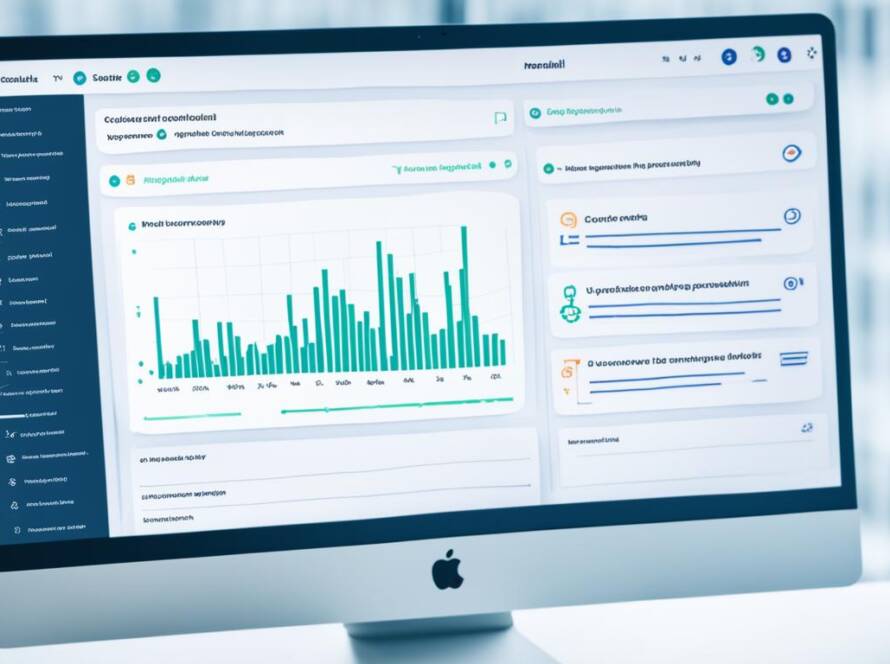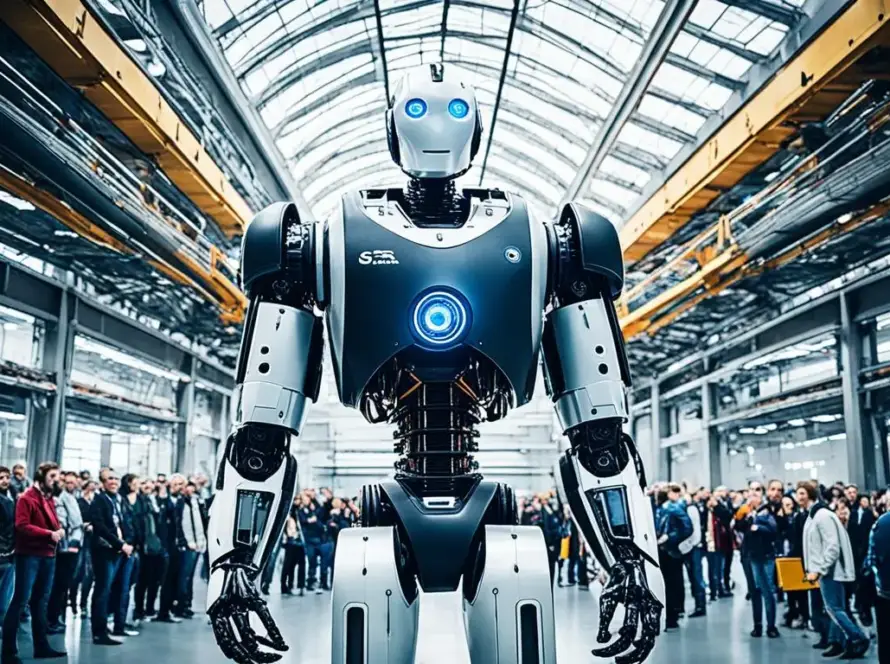Artificial Intelligence (AI) is no longer a concept tied to the future—it’s actively reshaping the present. Across creative industries, healthcare, manufacturing, logistics, and education, AI is unlocking new capabilities, driving efficiency, and enabling breakthroughs at unprecedented speed.
What was once confined to research labs is now embedded in our phones, vehicles, workflows, and even artistic processes. Let’s explore real-world, present-day use cases of how AI is transforming entire industries.
1. Creative Industries: Supercharging Visual Content and Film Production
AI is making a huge impact in visual storytelling—from Hollywood sets to indie game studios.
Tools like Stable Diffusion, RunwayML, and Adobe Firefly are helping creators generate realistic imagery, build storyboards, automate editing, and even enhance scene composition. AI models can now help generate scene elements, fill in visual gaps, or suggest cinematography tweaks based on genre and tone.
Runway’s AI editing tools were used in the production pipeline of the Oscar-winning short film “The Windshield Wiper”, showing that AI-assisted filmmaking is already here.
More than automation, AI is shifting creative focus—freeing directors, artists, and writers to spend more time ideating and less time on technical constraints.
2. Lightweight AI: Edge Computing and Offline Intelligence
AI is becoming smaller, faster, and more flexible. Thanks to innovations like liquid neural networks, AI models are now capable of running efficiently on devices like smartphones, drones, and autonomous vehicles—without needing constant access to the cloud.
This is known as edge AI, and it enables:
- Real-time decision-making (essential for autonomous systems)
- Better data privacy (because data stays on the device)
- Reduced latency (no round-trip to the cloud)
MIT’s Computer Science and Artificial Intelligence Laboratory (CSAIL) recently demonstrated liquid neural networks that can adapt in real time to new scenarios—ideal for robotics and wearables in unpredictable environments.
This evolution is key for AI’s expansion into healthcare wearables, remote monitoring tools, and embedded industrial sensors.
3. Healthcare: From Language to Molecules
While language models like ChatGPT are making waves, some of the most profound AI advancements in healthcare are happening behind the scenes—at the molecular level.
New models are trained on protein structures, molecular interactions, and genomic sequences to:
- Predict new drug candidates
- Simulate chemical reactions
- Accelerate diagnosis and personalized treatments
DeepMind’s AlphaFold cracked the 50-year-old protein-folding problem, predicting 3D protein structures with high accuracy—an essential breakthrough for drug discovery.
AI is now a partner in life sciences, speeding up research into diseases like cancer, Alzheimer’s, and rare genetic disorders.
4. Hardware-Driven Progress: GPUs Powering Discovery
Behind all AI advancements is hardware—especially the GPU (Graphics Processing Unit).
GPUs are optimized for parallel computation, making them essential for training and running complex AI models at scale. From simulating molecules to optimizing batteries and analyzing climate data, high-performance GPUs unlock new frontiers in science and engineering.
NVIDIA’s H100 Tensor Core GPUs, for example, are powering large-scale AI models in leading institutions and are critical to breakthroughs in healthcare, autonomous driving, and quantum simulation.
No GPU, no AI revolution. Hardware remains the hidden hero.
5. Enterprise AI: From Aerospace to Supply Chains
AI is transforming enterprise operations far beyond chatbots.
Here’s how industries are using it:
- Supply Chains: AI predicts demand, optimizes routing, and manages inventory with higher accuracy.
- Recruitment & HR: AI filters resumes, identifies skill gaps, and even predicts team success.
- Aerospace & Manufacturing: Companies like Boeing and Airbus use AI for predictive maintenance, resource allocation, and component inspection.
Rolls-Royce uses autonomous AI-powered inspection systems to maintain engines and turbines, increasing precision while reducing human risk.
AI in the enterprise is about efficiency, cost savings, and strategic insight—not just automation.
6. AI-Native Startups: Small Teams, Big Impact
AI has radically lowered the barrier to entry for startups.
A small, agile team with strong data and the right tools can now:
- Launch sophisticated platforms
- Automate full departments (e.g. finance, marketing, support)
- Iterate quickly using AI for design, code, and user testing
Startups like Paramark, an AI adtech firm, have secured millions in funding by leveraging generative AI to replace manual ad testing and budgeting decisions.
This trend—AI-native companies—is democratizing innovation, allowing small teams to punch far above their weight.
7. Education and Reskilling: Preparing for the AI Era
As AI becomes integral to every field, education must keep pace.
It’s no longer just about learning to code—it’s about:
- Understanding data quality
- Rethinking workflows and processes
- Learning how to collaborate with AI tools
- Taking smart, calculated risks to drive innovation
Initiatives like Finland’s free “Elements of AI” course have trained hundreds of thousands of citizens and professionals in AI fundamentals, promoting responsible adoption at scale.
Standing still in the AI era isn’t safe. Building AI literacy is the best investment individuals and organizations can make.
Conclusion: AI Is Infrastructure, Not Hype
AI is no longer a niche add-on or buzzword—it’s infrastructure. It’s powering the tools we use, the decisions we make, and the industries we depend on.
Whether you’re a filmmaker, doctor, engineer, teacher, or entrepreneur, AI is already reshaping your industry. The question is: Are you ready to reshape your role within it?
What Do You Think?
How is AI already changing your field—or how do you want it to? Drop your thoughts in the comments.
And if you found this article helpful, feel free to share it with someone who’s thinking about the future. Let’s build it—together.


